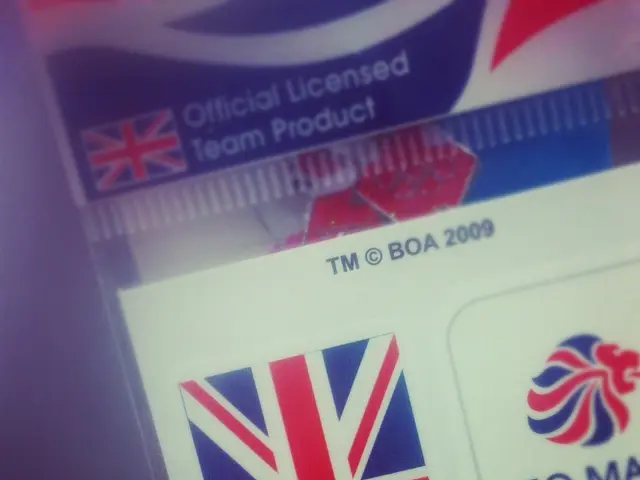Shotgun Microphones: Their Purpose and Application
In the realm of audio recording, shotgun microphones have become an essential tool for film and video production. These long, slender microphones are designed to capture audio from a distance with precision, making them ideal for capturing clean, focused dialogue or sounds from the subject without interference.
Microphone Placement
When using a shotgun mic, it's crucial to mount the microphone as close and as directed toward the sound source as possible. For scenes, boom the shotgun mic just out of the camera frame to capture clear dialogue or the subject’s sounds without interference. Use a boom pole or DIY extension (like a broom handle) for optimal placement without intrusion.
Directionality and Distance
Shotgun microphones have a narrow, directional pickup pattern, which helps them isolate the intended sound source from ambient noise. Their design allows them to reject sounds from the sides and rear, making them ideal in noisy or outdoor environments.
Wind and Environmental Noise Protection
In outdoor settings, use windscreens, including foam or fluffy “dead cat” covers, to reduce wind noise. Choose recording locations and times to minimize background interference, such as avoiding heavy traffic or noisy machinery.
Synchronization and Workflow
Use visual or sound cues like claps or slate claps to sync audio with video easily in post-production. Record multiple takes when possible to ensure clean, usable audio.
Audio Settings and Monitoring
If recording directly into a camera, test and adjust audio levels to avoid distortion or weak signal. Monitor audio during recording to catch issues early.
Post-Production Cleanup
After recording, use editing software to remove background noise, adjust equalization (EQ), and balance levels. Enhancing vocal clarity while maintaining environmental ambiance results in a professional soundscape.
Additional Tips
Avoid ambient noise sources and, if budgets allow, invest in high-quality shotgun microphones suitable for your camera or recorder. Be mindful of frequency response and sound pressure level (SPL) capacities for better fidelity and volume handling.
Following these practices will ensure the shotgun mic effectively isolates your subject’s sound, reduces unwanted noise, and produces crisp audio for film and video projects.
Compared to traditional hand-held mics, shotgun microphones are designed for capturing audio from a distance with precision. Their sensitivity is crucial for recording faint sounds without distortion. However, they are less versatile than lavalier mics regarding mobility because they must be aimed precisely at the sound source.
Lavalier mics, being omnidirectional, are more prone to capturing off-axis sound, which might include unwanted background noise. Shotgun microphones, being more directional, focus on sounds from a narrow pattern in front, reducing off-axis interference more effectively.
Shotgun microphones are used in various recording scenarios, including film and video productions, broadcasting, podcasts, and field recordings. Cardioid microphones are well-suited for studio environments or stages where some ambient sound adds to the recording, balancing direct and room noise effectively.
Position the mic close to the source to optimize directivity and avoid unwanted ambient noise. Lower self-noise levels in a microphone ensure clean and clear sounds without interference. Shotgun microphones can capture clear audio from distances around 6 to 10 feet.
With their superior signal-to-noise ratio and directional nature, shotgun microphones are the perfect tool for capturing high-quality audio in a variety of settings, making them an indispensable asset in the world of film and video production.
- To further enhance audio quality, consider investing in additional gadgets like audio interfaces, mixers, or portable recorders to connect your shotgun microphone for better monitoring and control.
- In the studio, position your shotgun mic with technology-driven microphone stands and mounts that allow fine-tuning of the angle and distance from the sound source, ensuring optimized performance.
- In today's technology-driven landscape, advanced software offers tools to fine-tune and polish the audio you've captured, allowing for equalization, noise reduction, compression, and reverb adjustments to match your desired production style.




